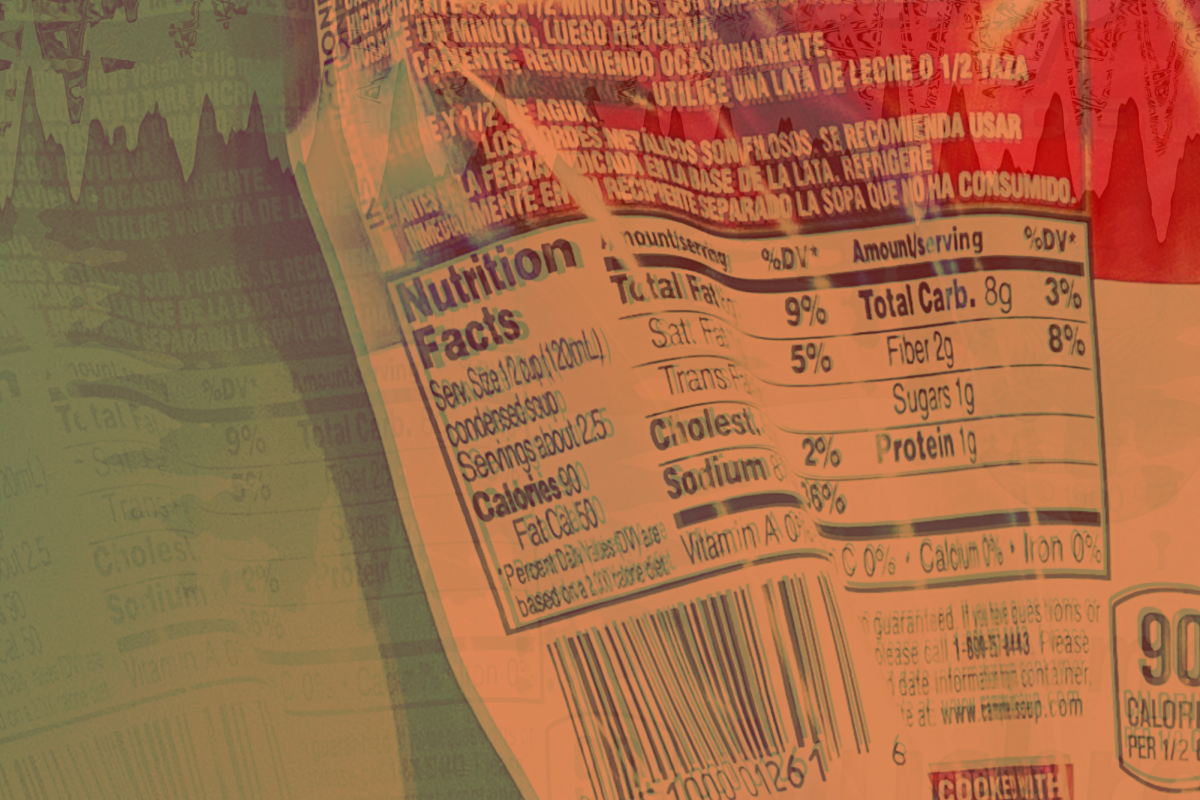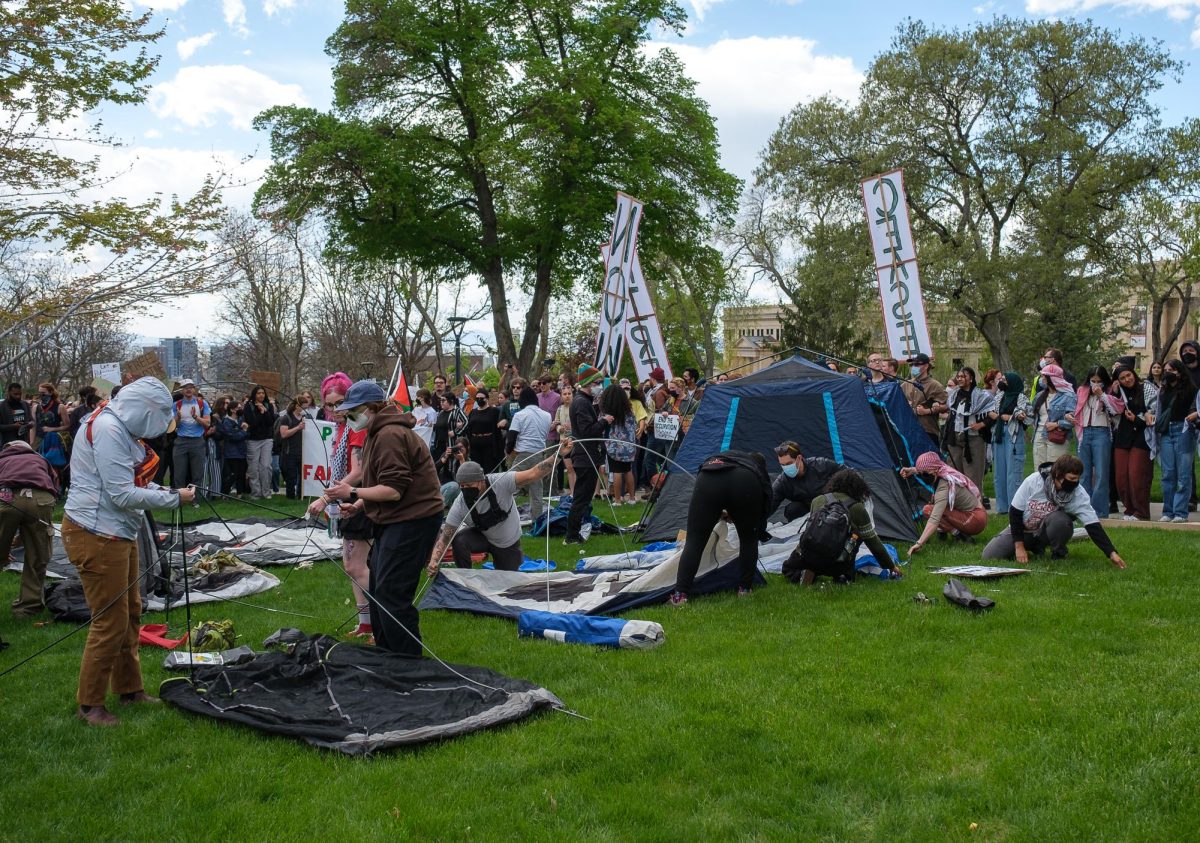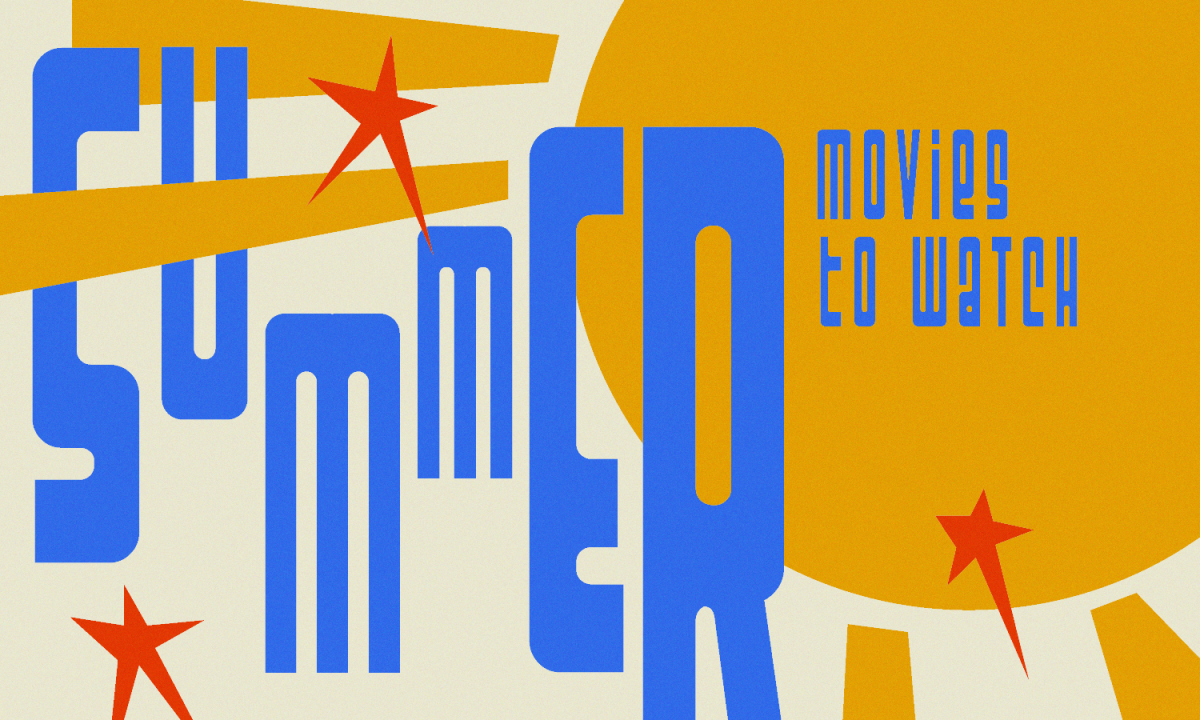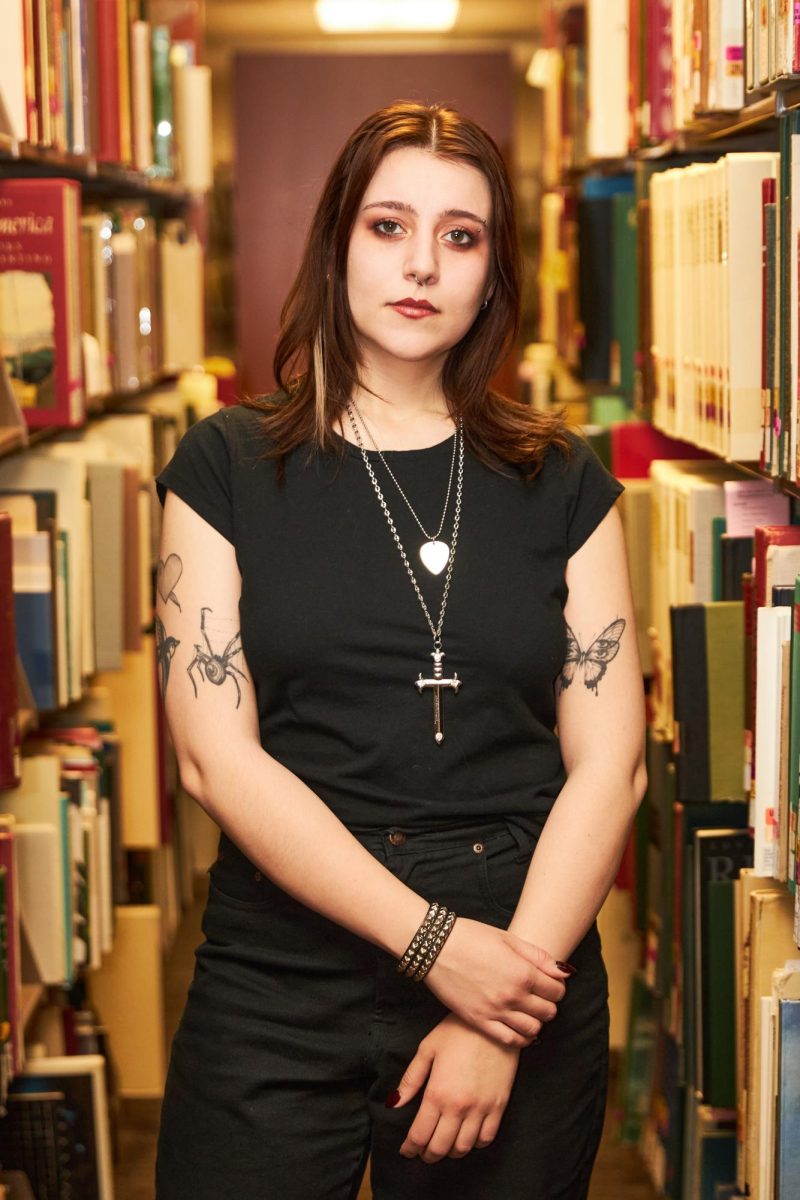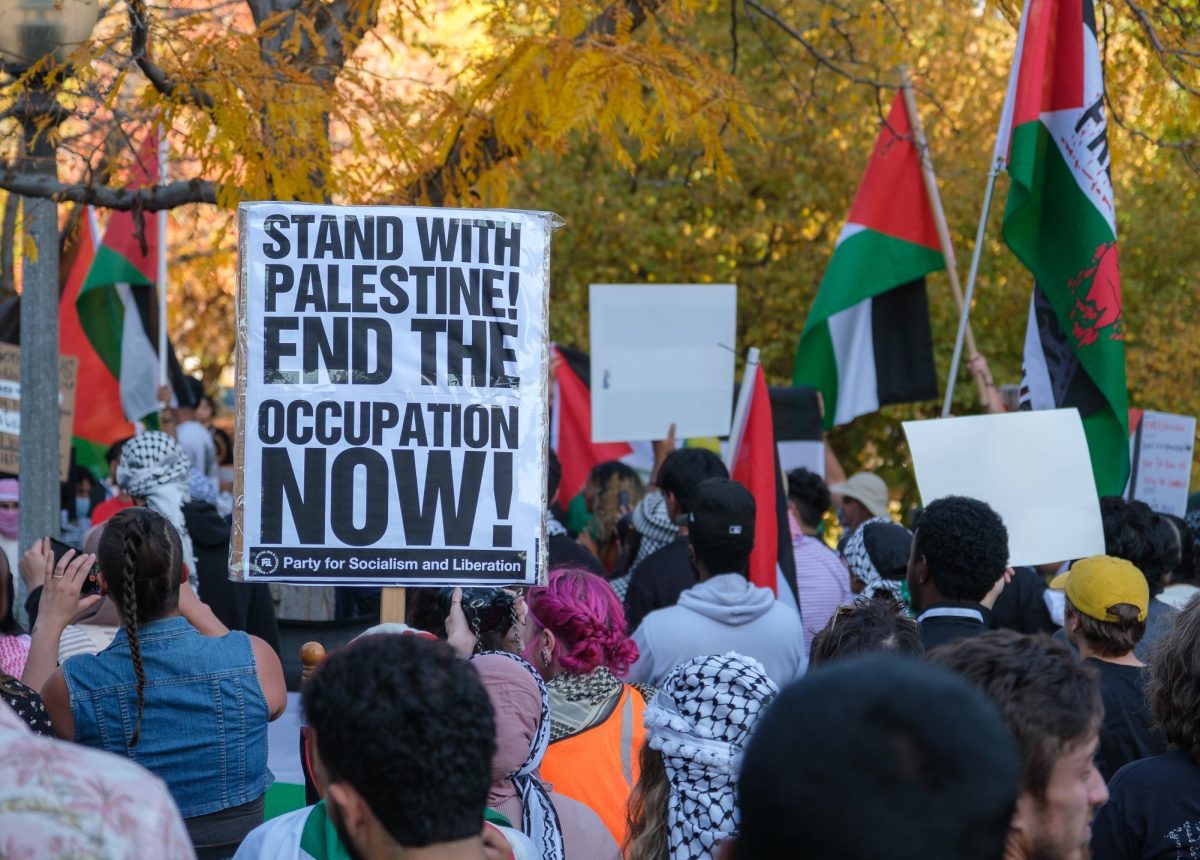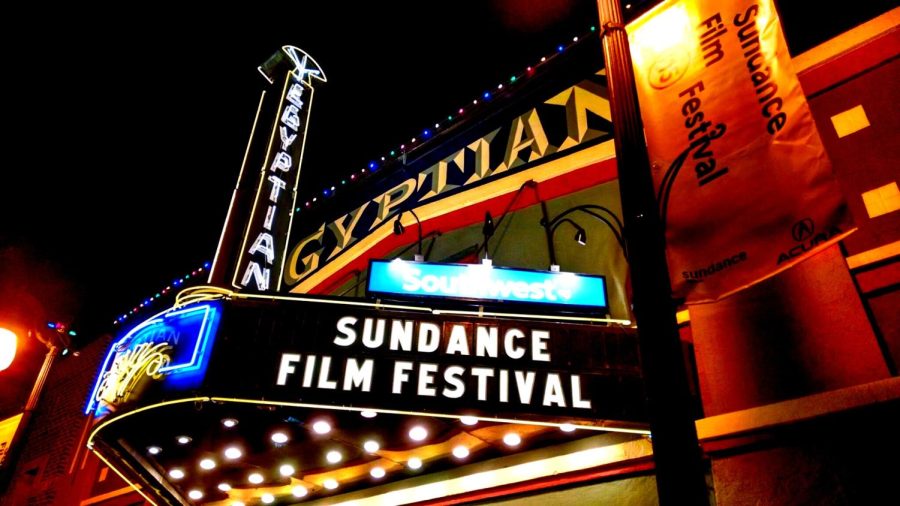GRANADA ADVENTURE copy editor Niki Harris juxtaposes American and European life as she studies abroad
I have always been an observer when it comes to religion. I grew up in the middle of a neighborhood dominated by members of The Church of Jesus Christ of Latter-day Saints, and because I didn’t belong to the neighborhood’s church, I was always on the outside looking in, wondering what all the fuss was about.
Religion is always tricky to talk about, but I think learning how to appreciate the immensity and wonder it can bring to many people is valuable. Despite going to Spain with this kind of mentality, nothing could have really prepared me for the Semana Santa celebrations in Granada.
Granadinos, or people from Granada, take Holy Week seriously and celebrate each day with different processions. These processions consist of floats, called pasos, one of which is always dedicated to the Virgin Mary and another to Jesus Christ.
These aren’t your traditional style floats — a paso is a huge, lavishly decorated structure that is carried on the backs of up to 40 men. Every 100 yards or so, these men, called “costaleros,” will set the paso down, allowing onlookers to run up, touch the paso and pray. Following each paso are groups of “nazarenos,” dressed in long tunics and pointed hats, penitents who carry crosses on their shoulders and women dressed in traditional, black Spanish clothing and carrying rosaries.
A brass band accompanies nearly every procession to mark the costaleros’ steps. Every move is carefully coordinated and involves everyone in the church as well as spectators who line the streets to catch a glimpse of the majestic display of intense religious devotion marching through the streets.
Watching the processions was breathtaking, and each detail was a delicious new surprise for me. Don’t get me wrong, I knew being in Spain for Maundy Thursday, Good Friday, Holy Saturday and Easter Sunday would be an incredible experience because of the country’s heavy Roman Catholic influence.
But I didn’t think it would be as glamorous of a production as it was. I was in awe of the detailed, intricate decorations adorning the pasos. The dedication that every church and brotherhood in Granada put into their processions and the devout looks on onlookers’ faces as the pasos wound their way down the narrow streets proved to me how important Holy Week really was to so many.
Semana Santa was a different kind of experience for me because I was able to understand the enormity of the religion in an entirely new fashion. Religion has always fascinated me, and I’ve done my research on Buddhism, Catholicism and Mormonism, to name a few — but I’ve never really felt connected to it.
Even when I’ve attended services at different churches, I still felt like an outsider. But watching the procession march solemnly across the bridge and down the main streets, something clicked. Maybe I wasn’t part of the church, but I was still part of the procession itself. Every person who saw the pasos experienced the absolute incredulity of the moment and got to share it with each other. Whether you’re religious or not, that’s a pretty incredible feeling.
Religion is part of Spanish culture. I know many people who are staunch in their faith, and I respect that, but I’ve noticed that this has the potential to tend toward being a bit more close-minded than I think is appropriate. I’m not religious in the slightest, and my appreciation for the vastness and universalism of religion in general was only deepened by my experiences during Holy Week. You don’t have to be religious to appreciate that kind of beauty — you just have to be open to it.




